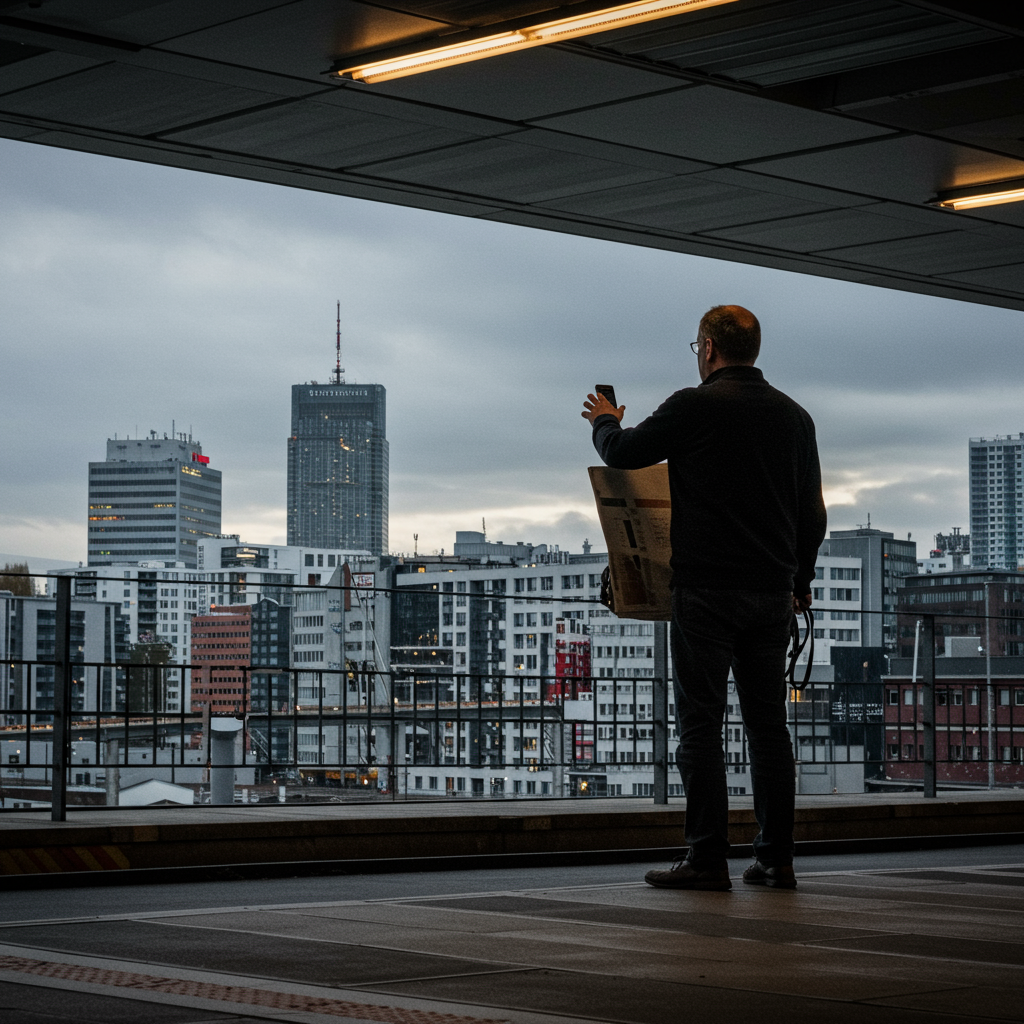When Silence Roars: The Potent Message of the 'Statue of Liberty's Silent Protest' Mural
Walking down a city street, you encounter it. A mural.
Not just any splash of color, but a piece that stops you in your tracks — demanding your attention without uttering a sound.
The one I'm thinking of — or perhaps envisioning, based on its evocative title — is "The Statue of Liberty’s Silent Protest." It's a concept, real or imagined, that speaks volumes about the power of visual art in public spaces.
It makes you ponder:
What does Lady Liberty — that grand symbol of welcome and freedom — have to protest silently about?
Her lamp, usually held aloft as a beacon, perhaps dimmed or pointed downward?
Her tablet, often etched with the date of independence — now marked with a date of challenge, or loss?
This mural likely doesn’t depict violent upheaval. Instead, it shows something deeper — a profound, internal struggle. The frustration of ideals unmet. Promises broken. A welcome denied.
Art as a Mirror: Reflecting Societal Strain
Public art — especially protest art — has an incredible knack for holding up a mirror to society. It doesn’t shy away from discomfort.
Think of murals from the Civil Rights era, or today’s street art tackling climate change.
They appear in unexpected places, spark conversations, and sometimes stir controversy.
The “Silent Protest” mural, by using such a universally recognized icon, taps directly into America’s self-image — and its complex reality. It reuses powerful symbolism to critique the present.
Historically, the Statue of Liberty hasn’t been just a passive monument.
She’s been used again and again — in political cartoons, protests, and art — representing everything from immigration hopes to critiques of policy.
As one analysis notes, symbols gain power through repeated reinterpretation.
This mural isn't just showing sadness. It expresses a deep disillusionment — too profound for shouting. A quiet, dignified dissent.
The Power in ‘Silent’ Protest
Why silent?
Because silence can be powerful.
In a world full of noise — news cycles, social media, endless rhetoric — silence can cut through.
A silent protest doesn’t mean voicelessness. It’s a deliberate refusal to speak on superficial terms.
The silence of Lady Liberty isn’t apathy. It’s a heavy, sorrowful contemplation.
It says: the issues are so deep, so ingrained, that words feel inadequate.
It’s a visual sigh. A painted tear.
What makes public art so effective is its accessibility.
Not hidden in galleries — it’s on walls, visible to all.
This democratizes the message.
A mural like “The Statue of Liberty’s Silent Protest” can reach people on their daily commute.
It prompts an unbidden thought — about freedom, immigration, or the state of the nation.
It’s a form of commentary that’s non-intrusive, but inescapable.
Final Thought
Ultimately, whether this specific mural is real or imagined, the name alone sparks a powerful image — and a necessary conversation.
It reminds us: symbols evolve with time.
And sometimes, the most powerful protest isn’t loud or violent —
But a quiet, unwavering expression of hurt and disappointment, painted large for all to see.


Comments
Post a Comment